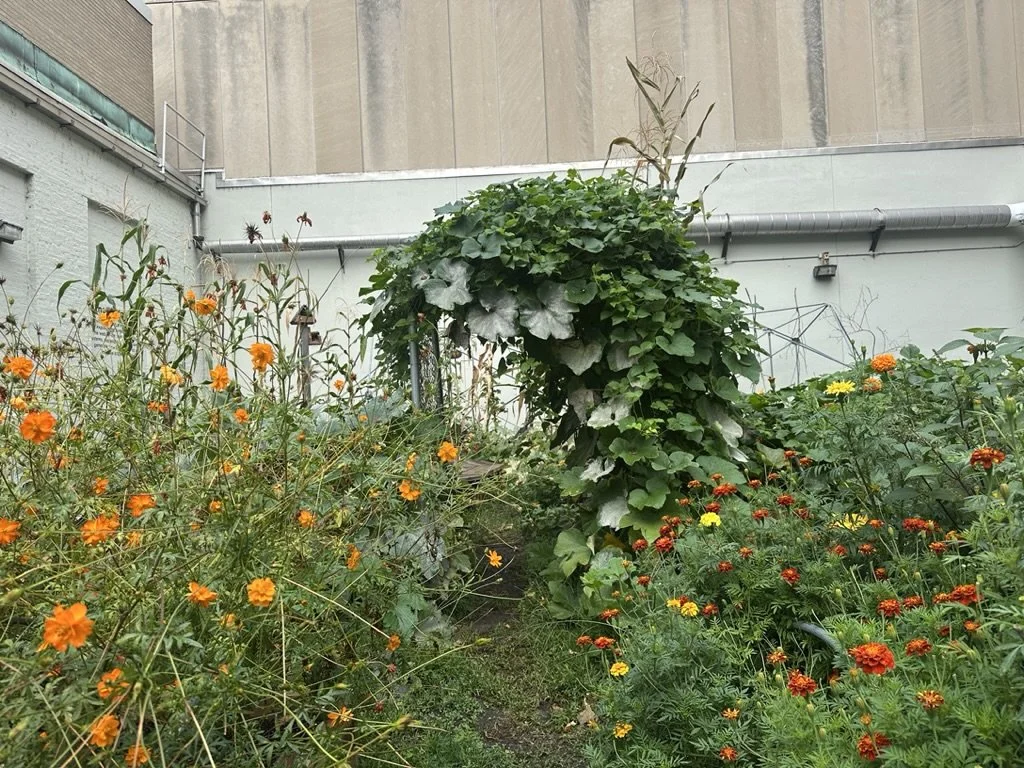
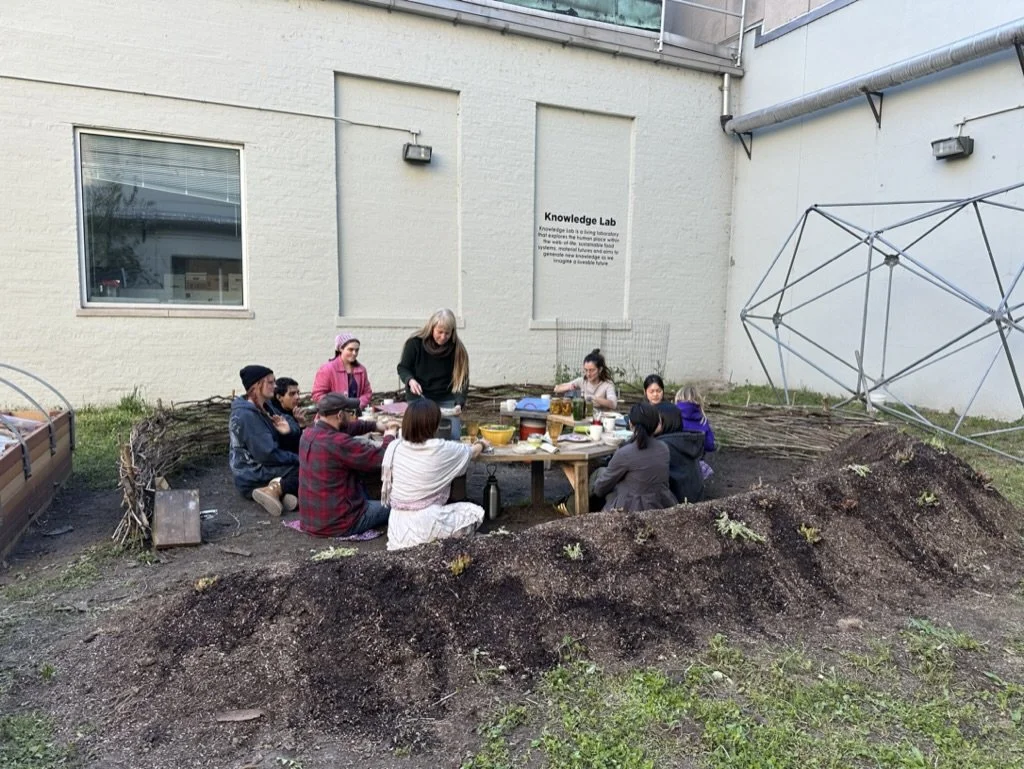
Entangled Meal, May 2025.
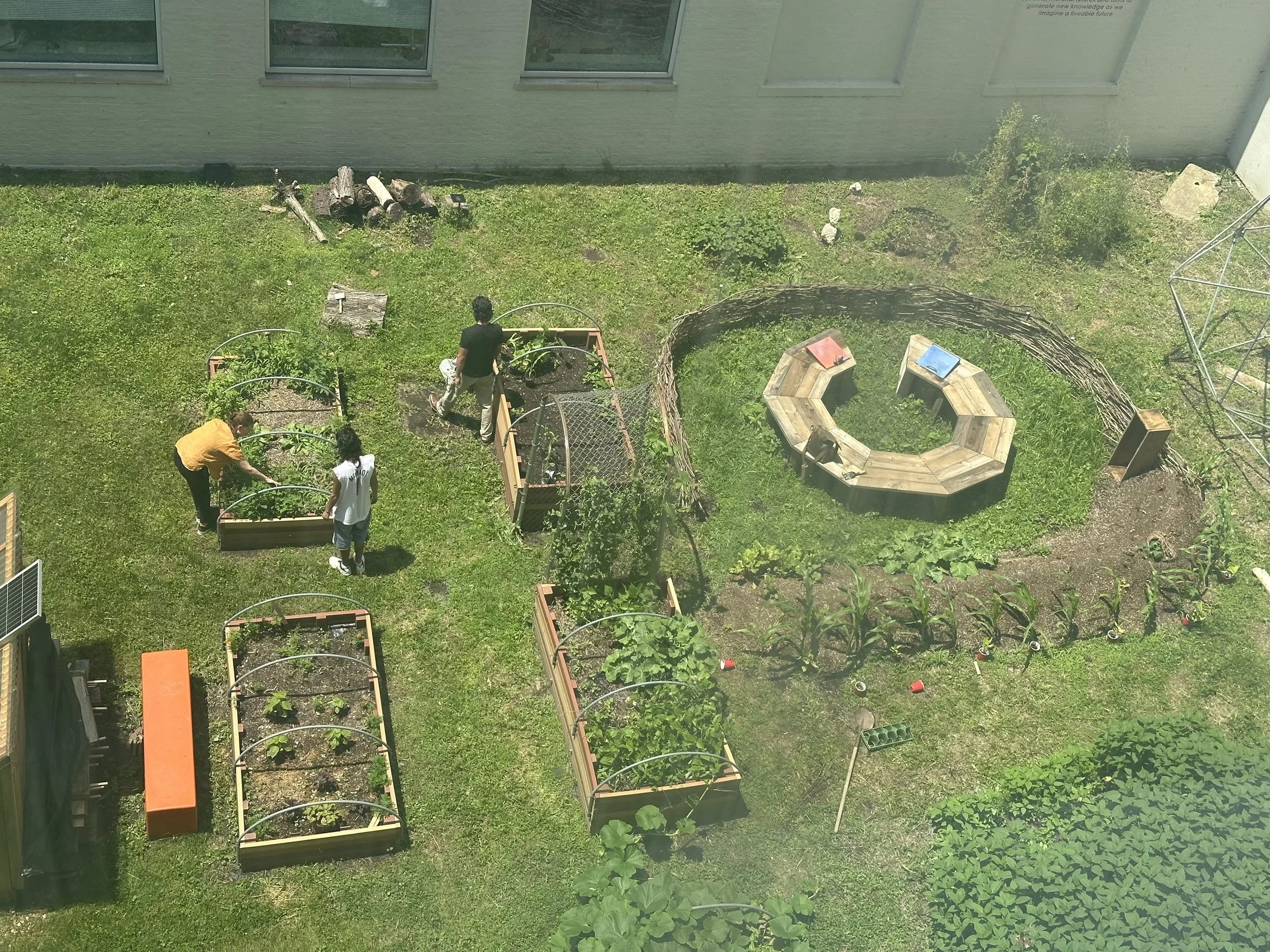
Aerial view of garden, June 2025.
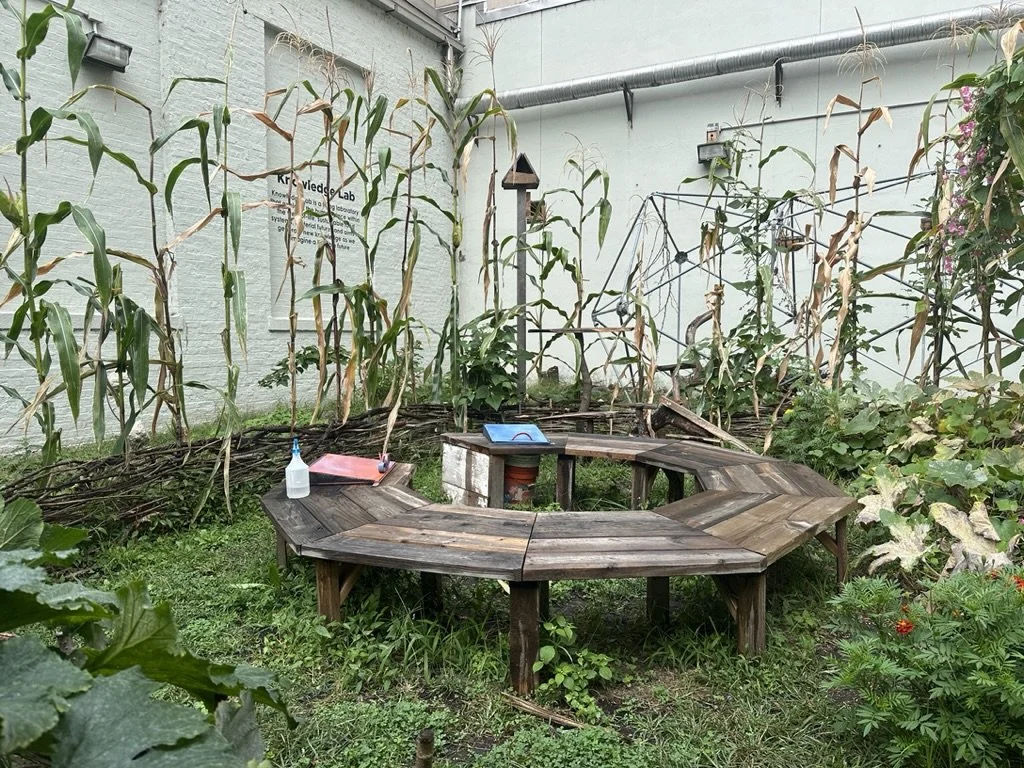
Table area, September 2025
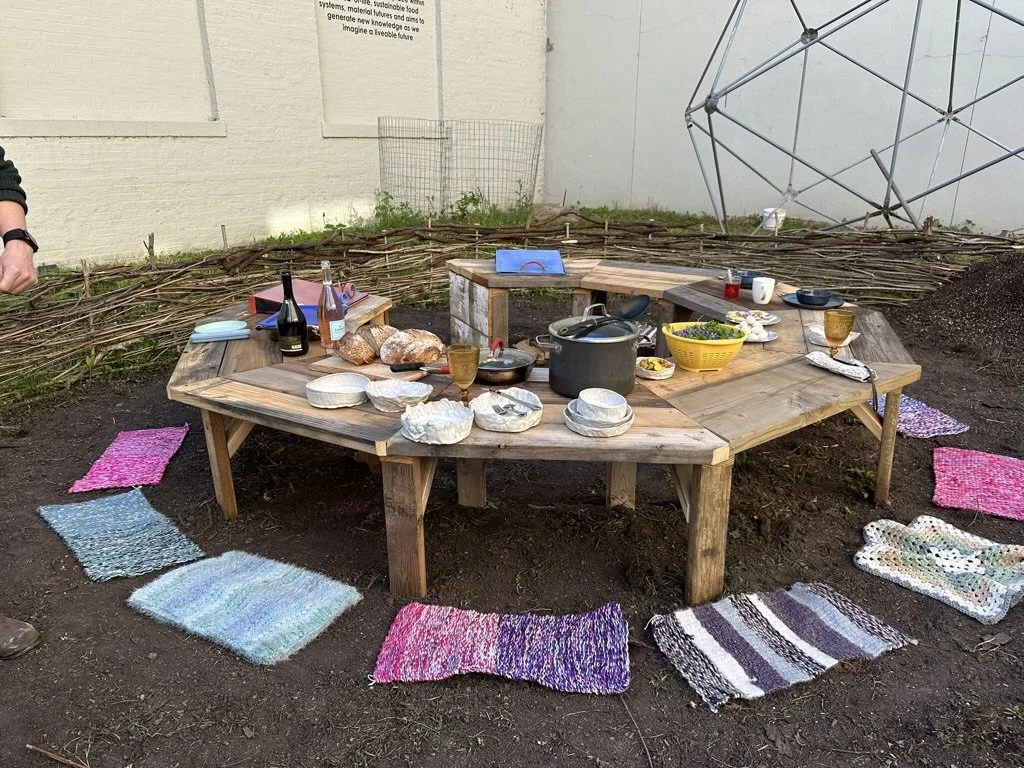
Entangled Meal, May 2025.
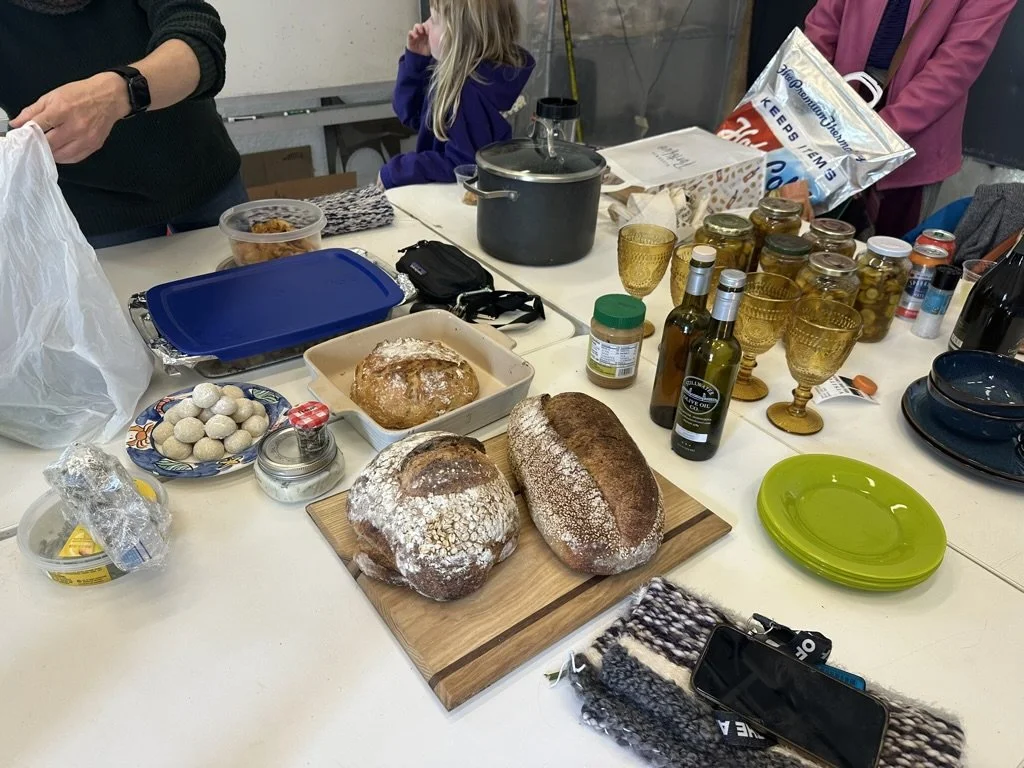
Preparing food
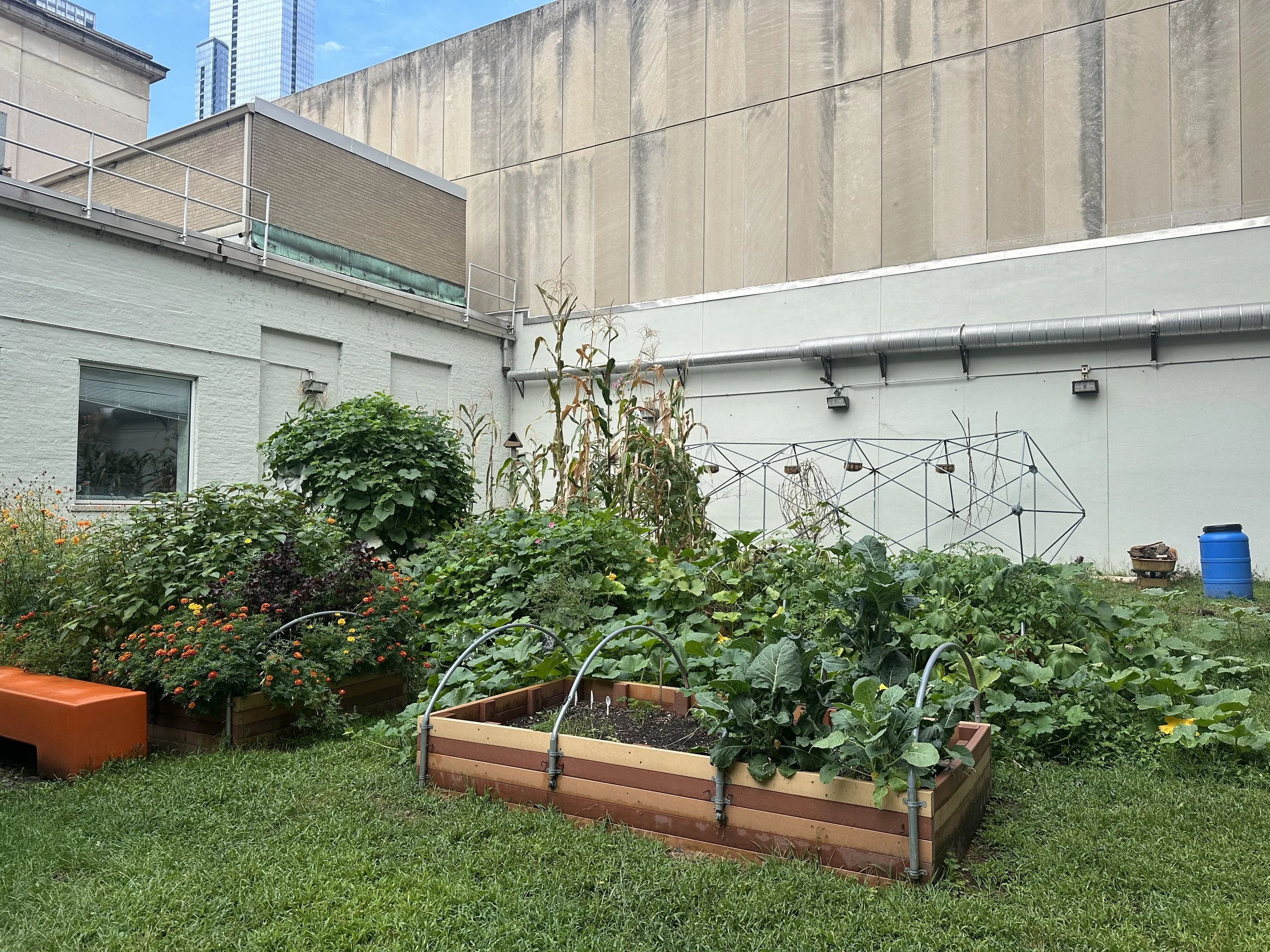
Garden in full bloom, September 2025.
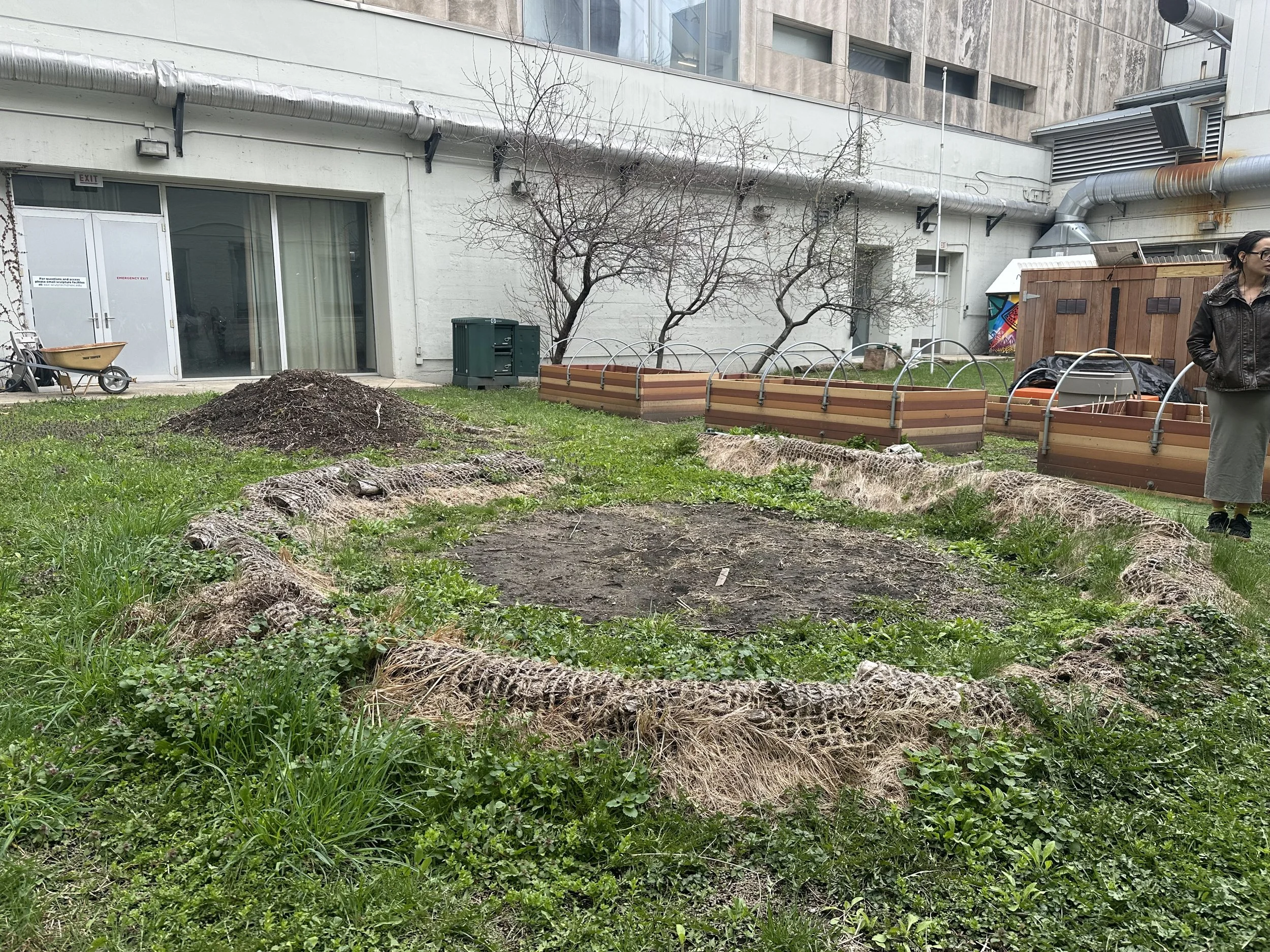
Original berm. April 2025
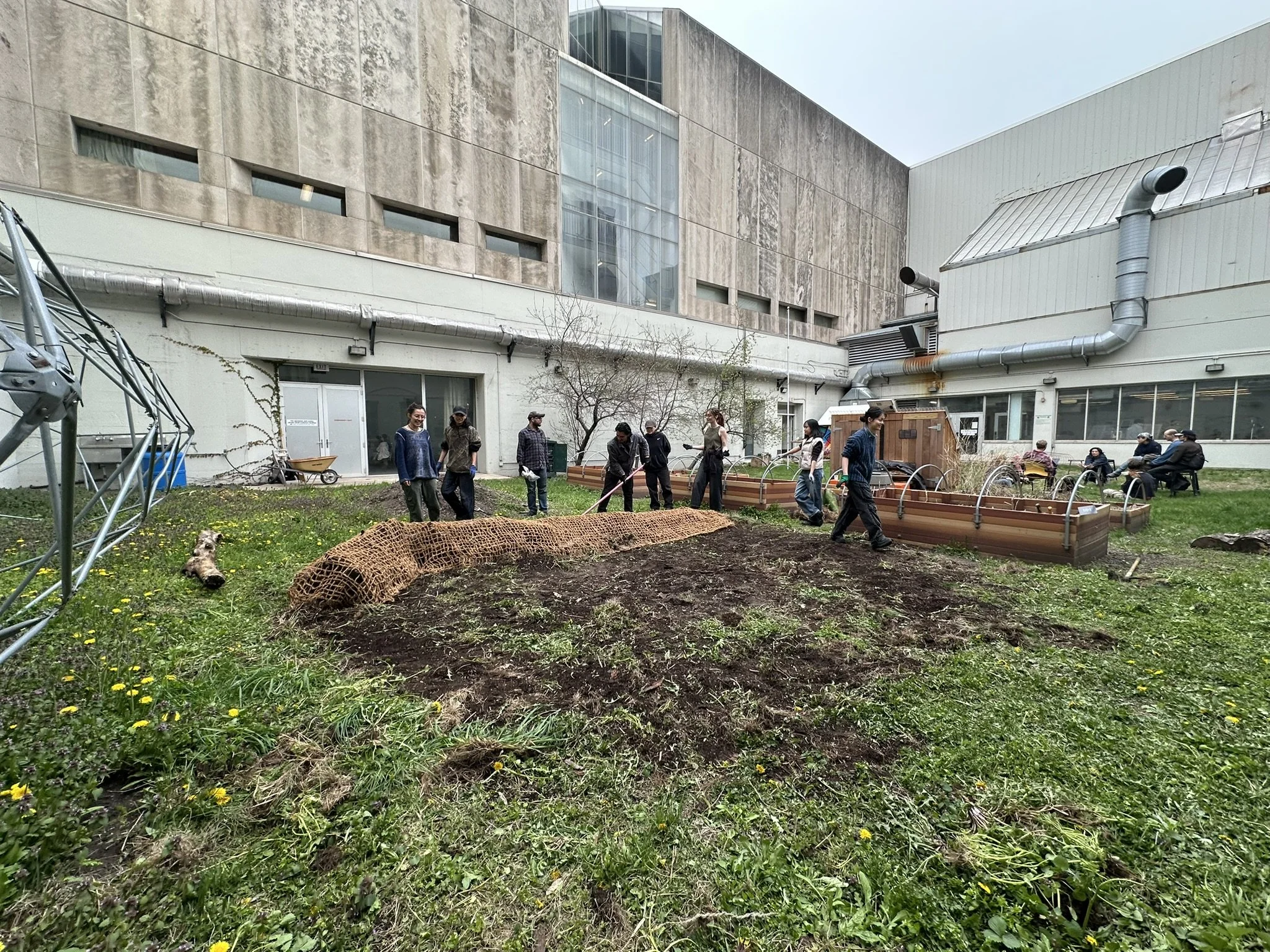
Re-constructing the berm, April 2025.
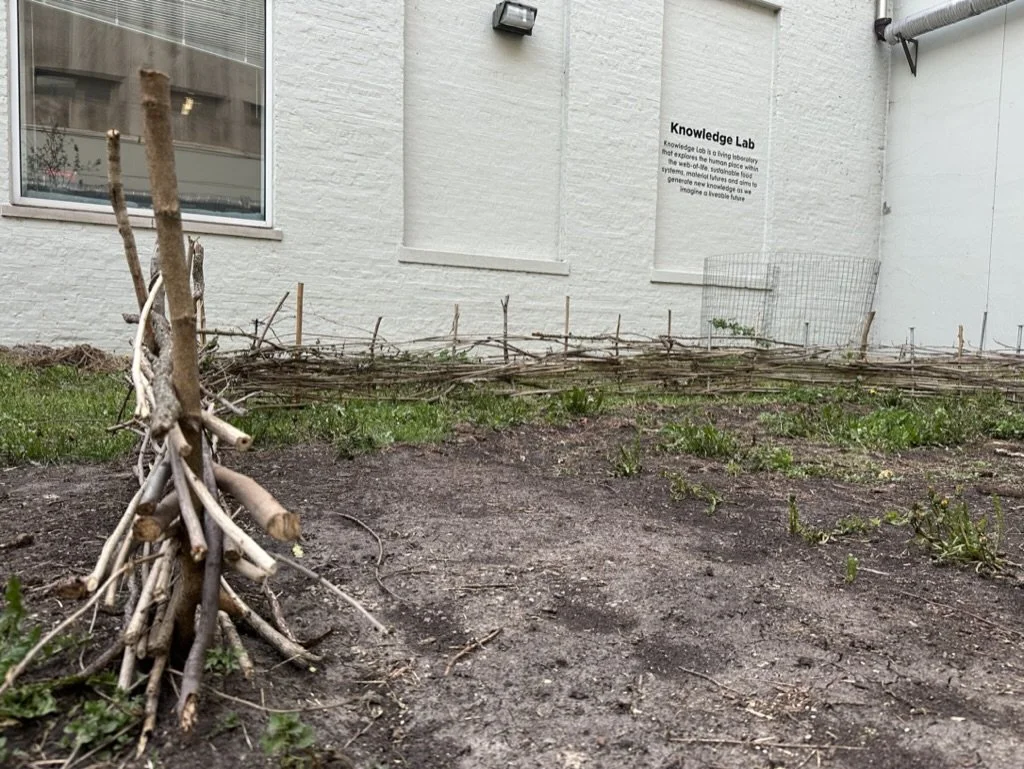
Wattle fence construction. Weaving willow branches. April 2025
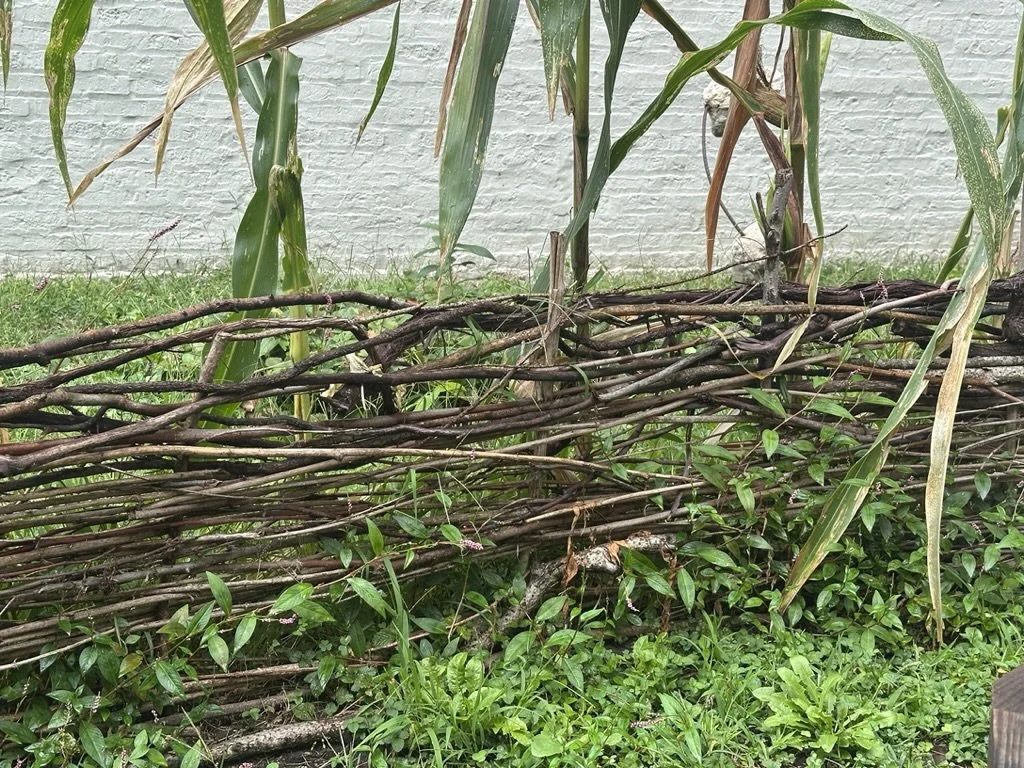
Wattle fence and three sisters. September 2025.
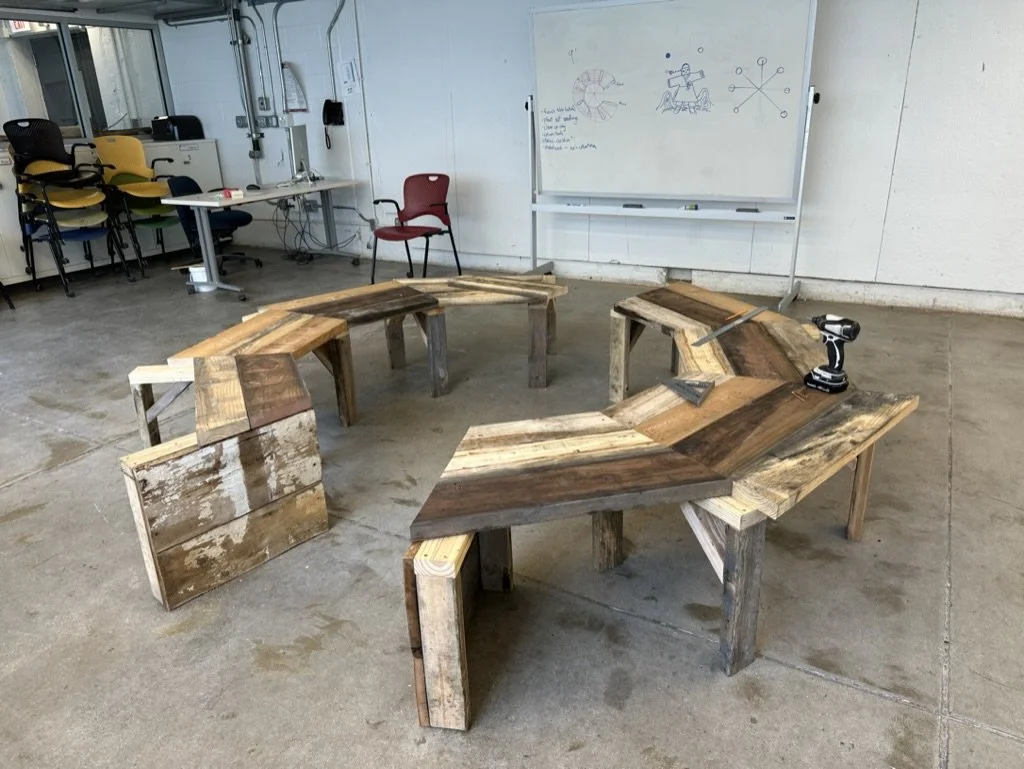
Re-purposed wood table in construction.
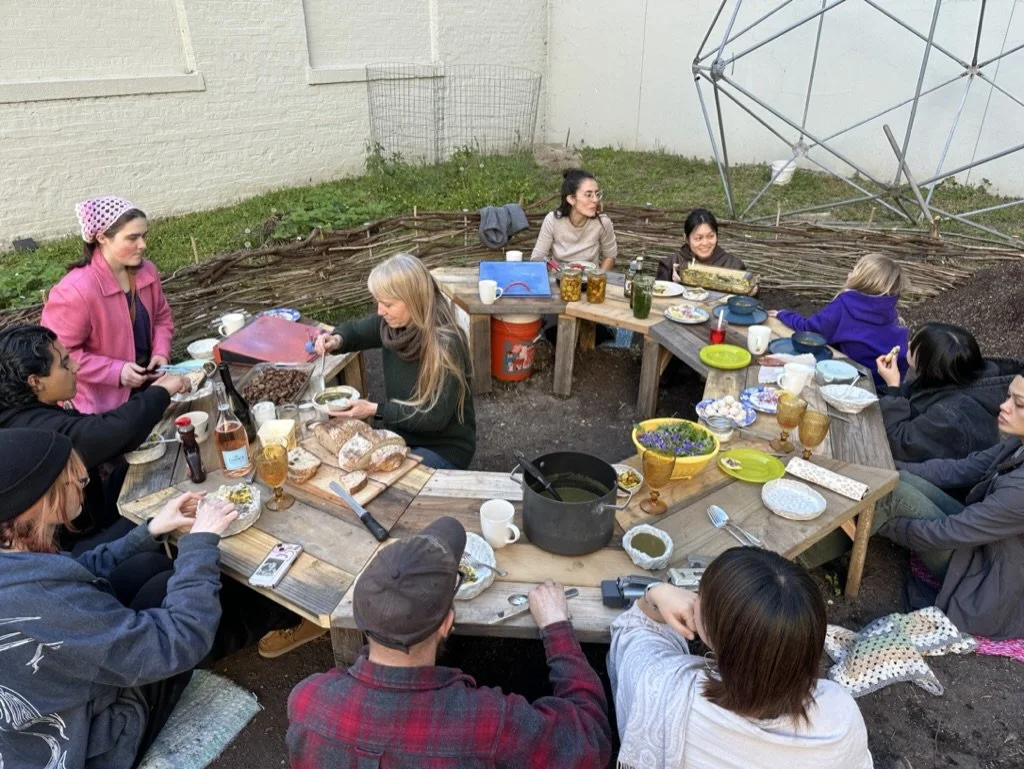
Entangled Meal. May 2025.
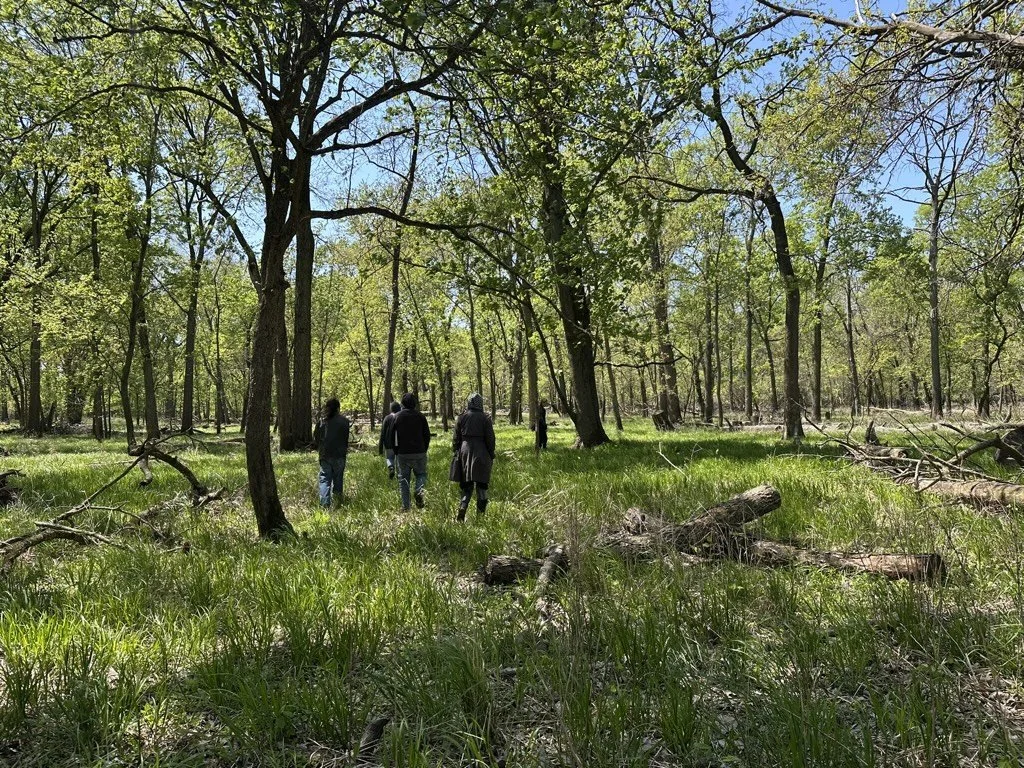
Foraging. May 2025.

Foraging. May 2025.
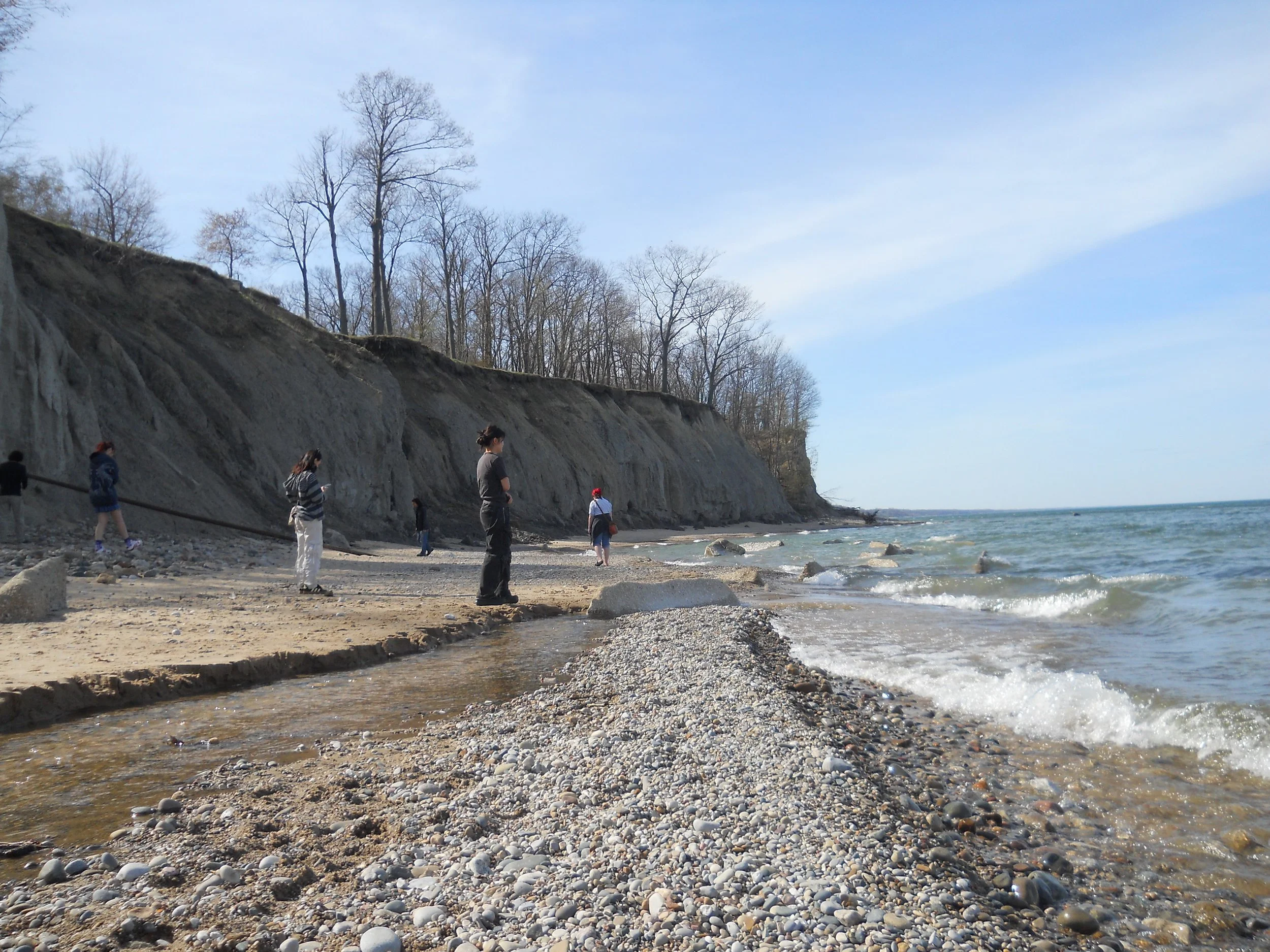
Harvesting clay in Michigan. April 2025.
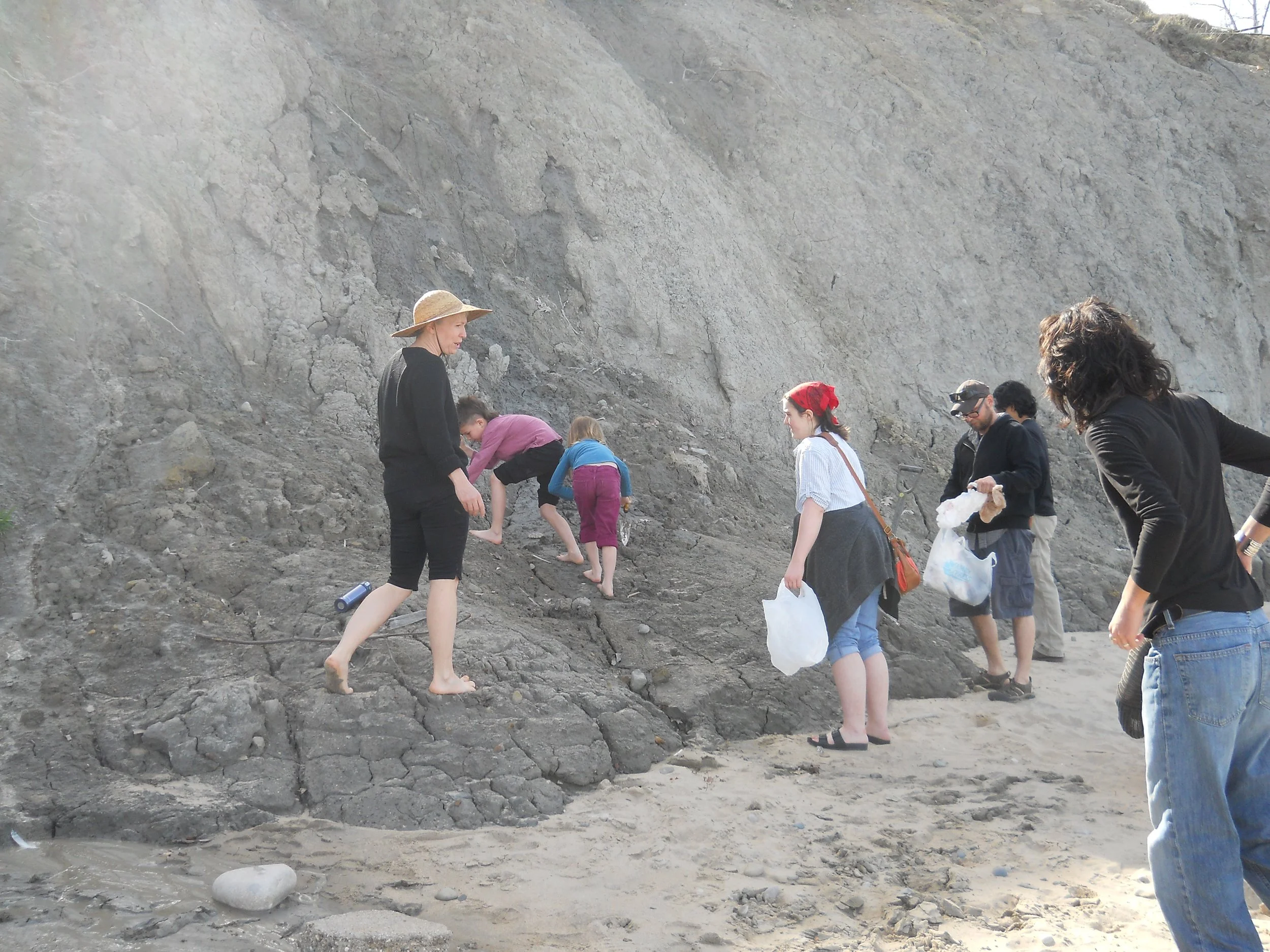
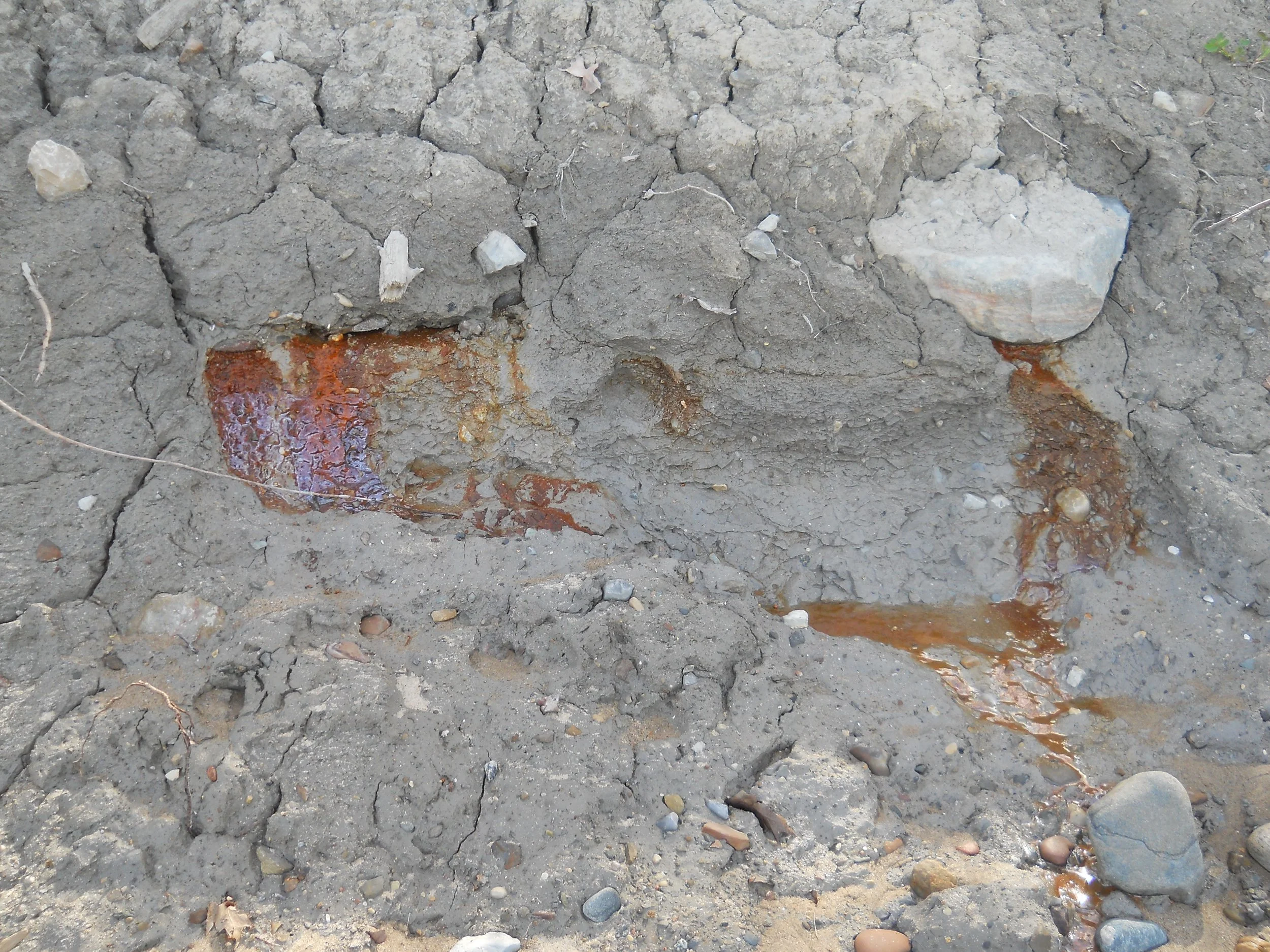
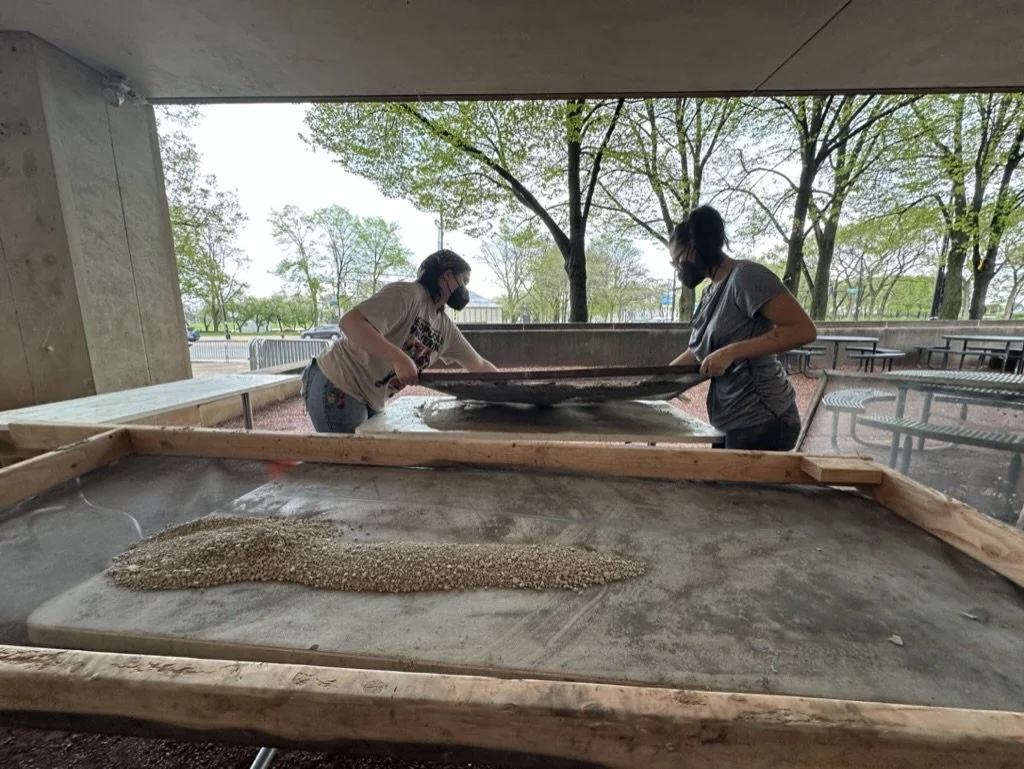
Clay processing.
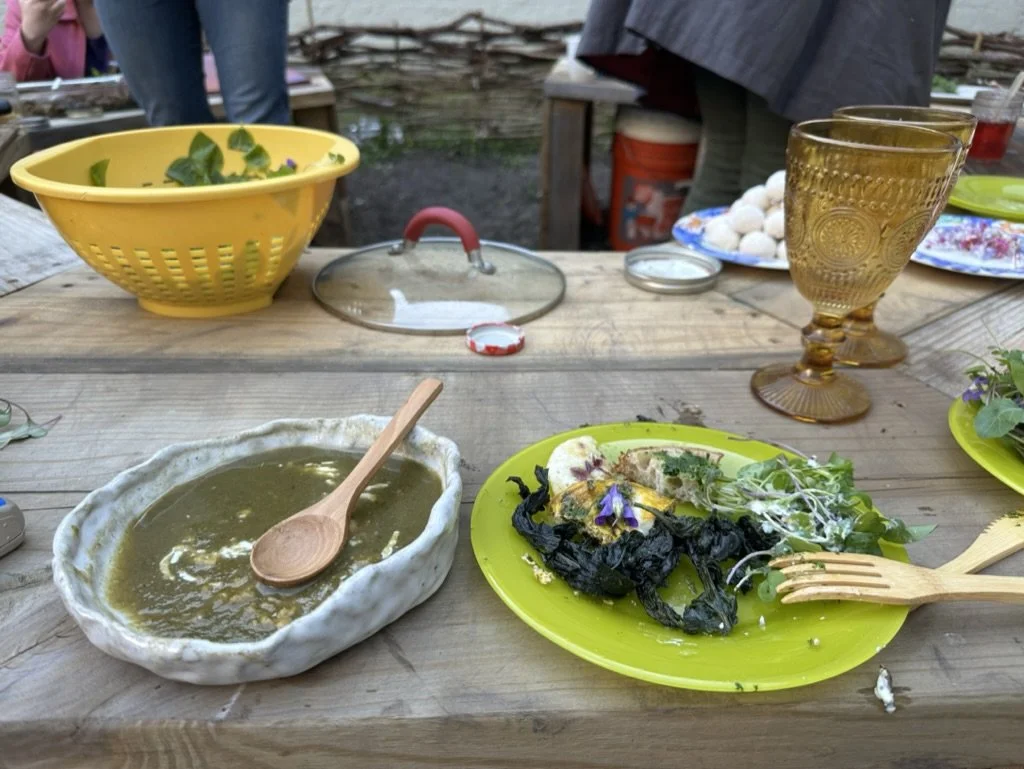
Hand-built clay vessel (clay harvested in Michigan). My Entangled Meal.
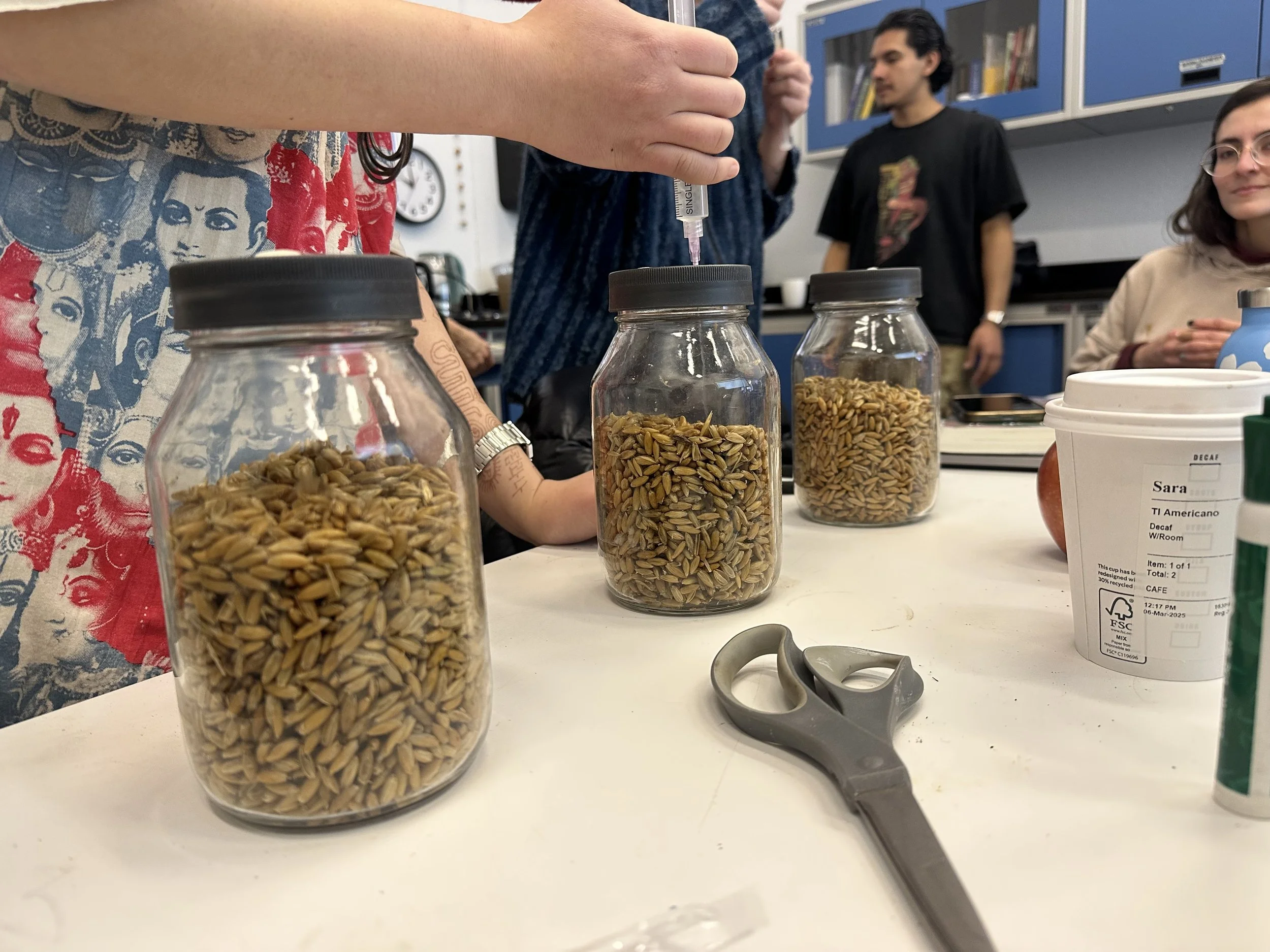
Innoculating wheat with pink oyster mycelium.
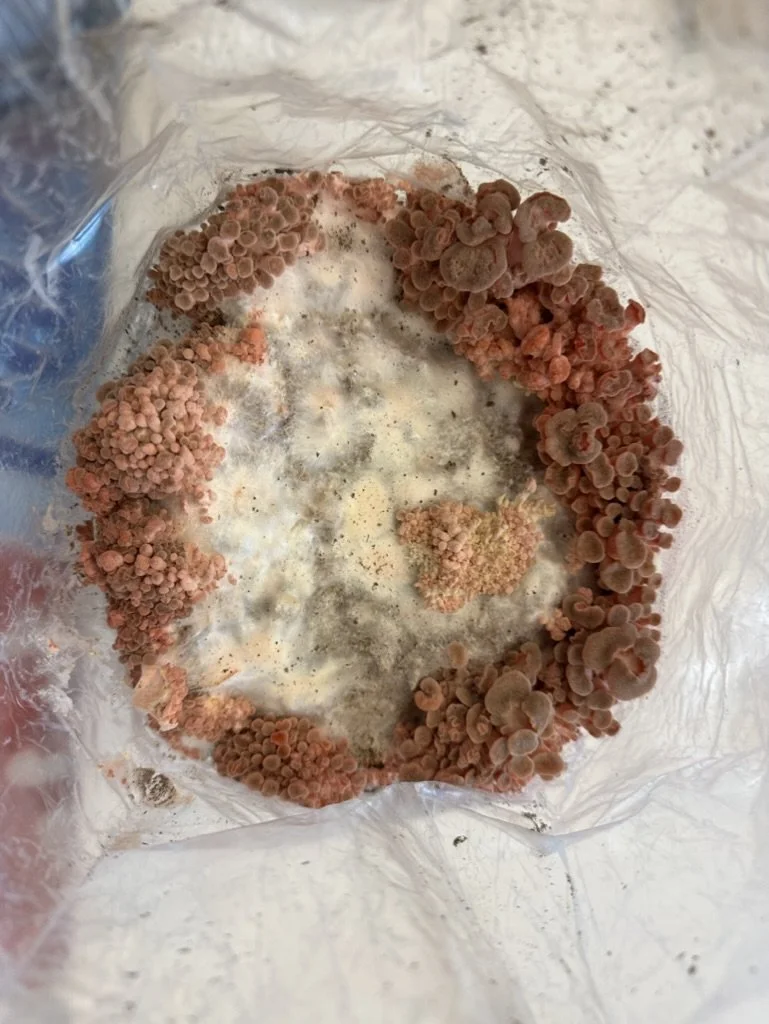
Pink Oyster Mushrooms, May 2025.
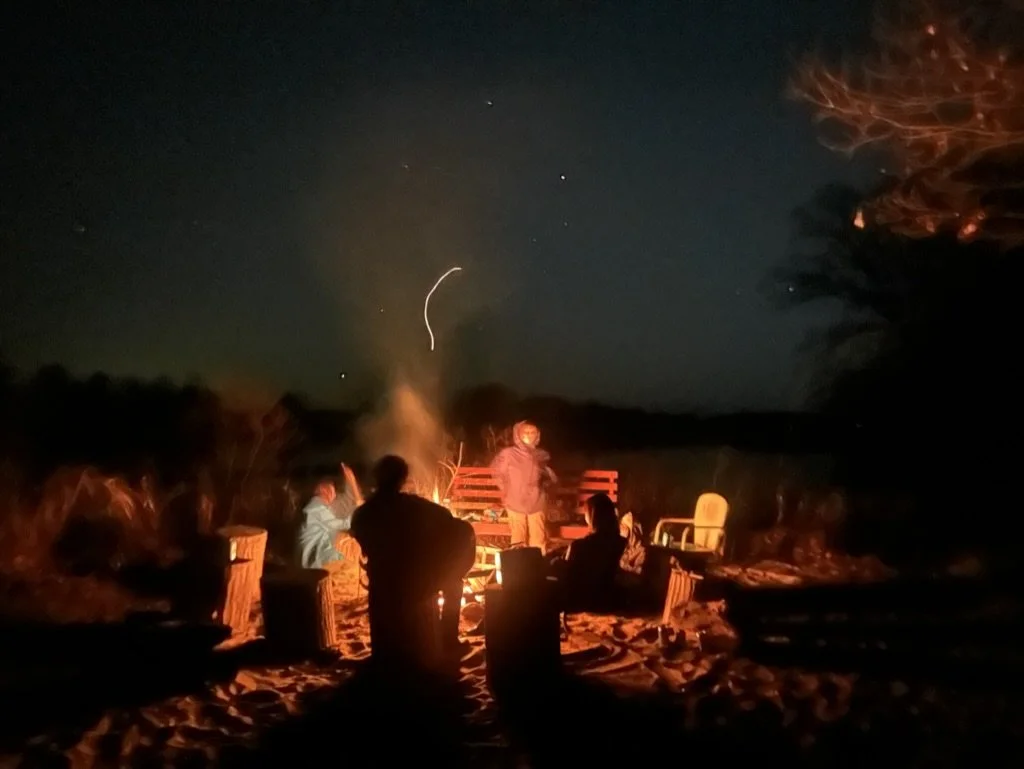
Around the fire, Oxbow. Part of our trip to harvest clay in Michigan. A beautiful evening by the lagoon.
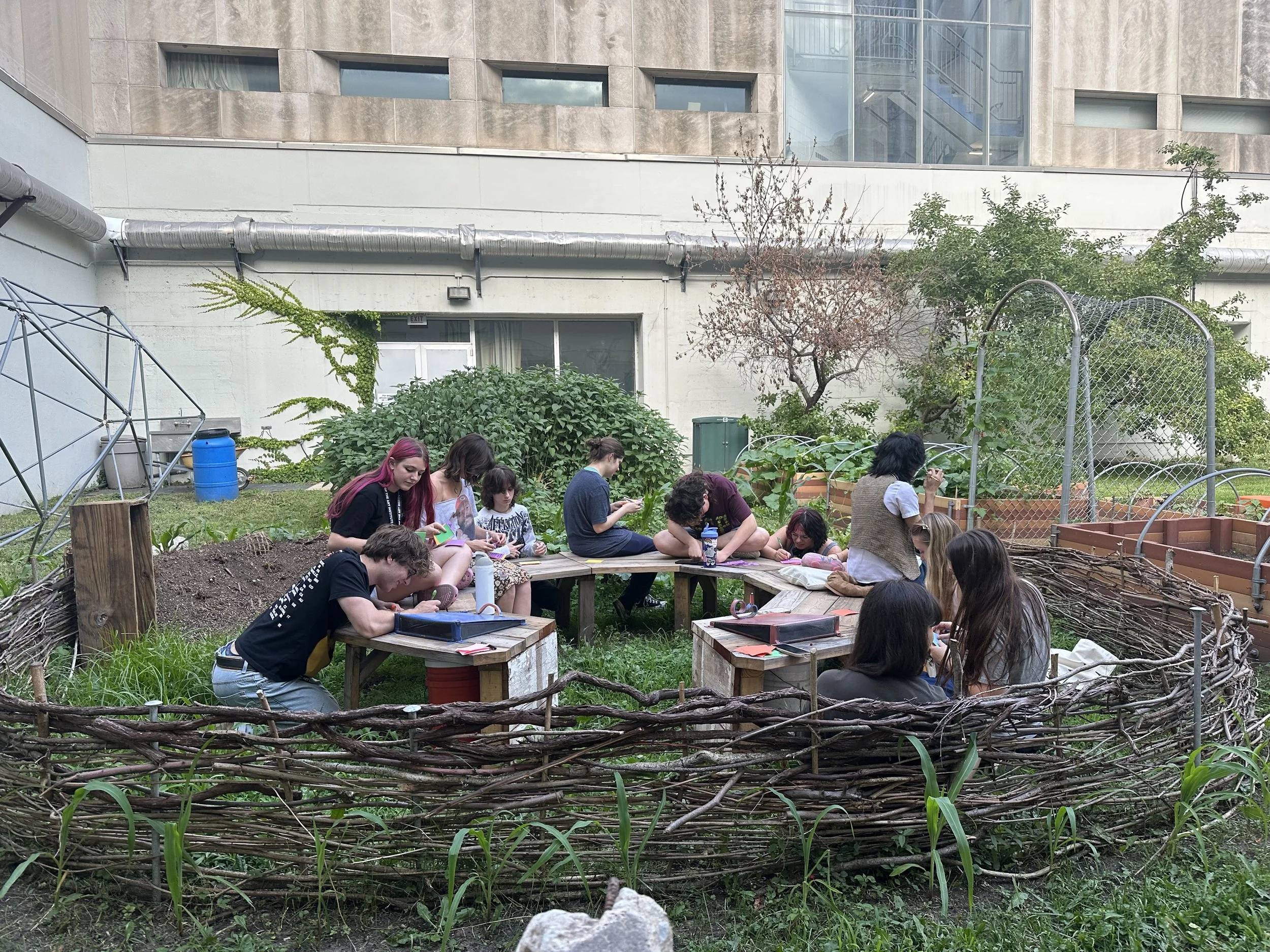
Students utilizing the garden space. July 2025
Entangled Meal
Clay harvesting and processing, woodworking, vermicompost, growing from seed, soil, worms, seeds, water, sunlight, love. Garden maintained by other students in the class. Truly a collaborative project.
2025
In Sara Black’s Knowledge Lab: Entanglements course, we investigated the entanglements between humans and the natural world, working collaboratively to design and fabricate furniture, tableware, and a site for a meal to take place. Every design considers the non-human organisms that also inhabit the space, such as birds and worms. We built a table from reclaimed wood, a wattle fence with willow branches, and we planted a garden that would continue to flourish and feed the community through the growing season. We harvested and processed clay at Oxbow, which we used to make the vessels we ate from. We foraged for food in Forest Park, grew mushrooms, and prepared our meal together. Built into the structure of the table are two bins for the vermicompost. Inspired by the enmeshment of ecological systems, we designed the space as a site of cohabitation, and a few students have continued to maintain the garden, which is now a flourishing food forest.